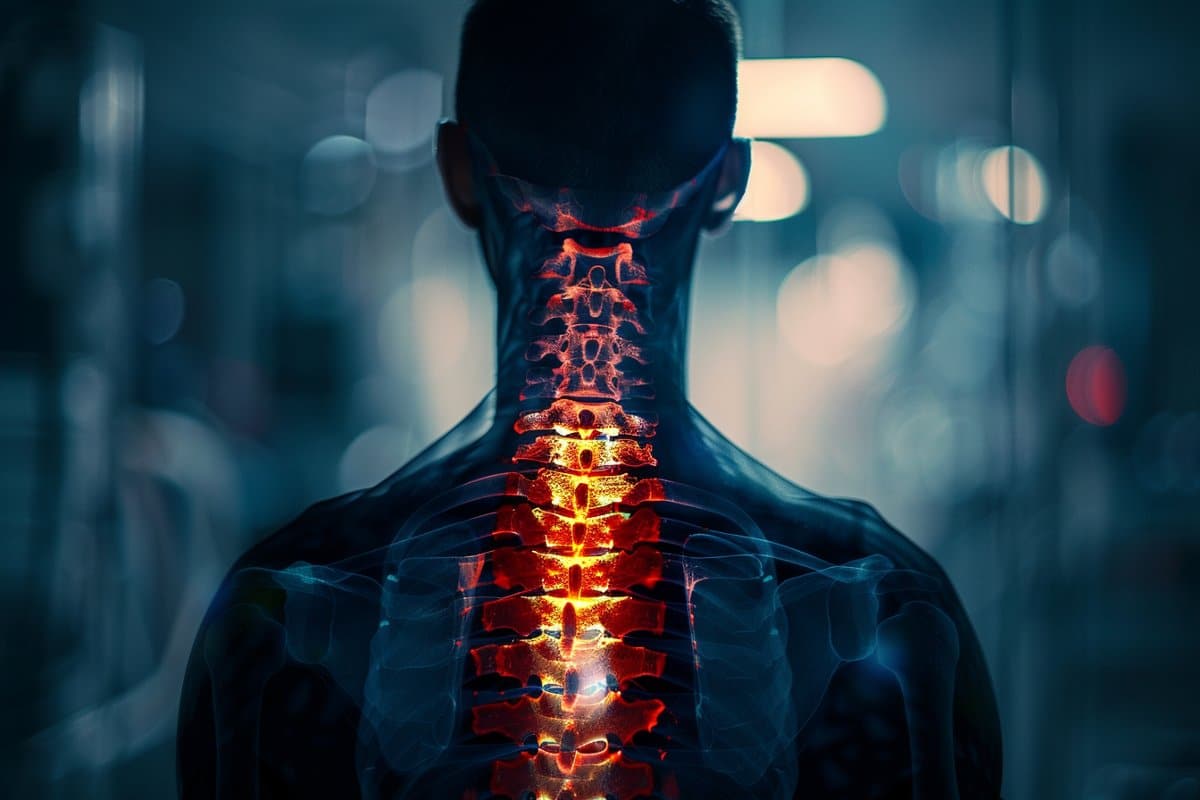
In a groundbreaking development from Ohio State University, researchers have uncovered how spinal cord injuries can drastically disrupt the body’s metabolism, potentially leading to severe conditions such as diabetes and heart disease. The study, recently published in Cell Reports Medicine, reveals that abnormal activity in neurons following a spinal injury can cause an excessive breakdown of triglycerides in fat tissue, resulting in the release of free fatty acids and glycerol into vital organs, including the liver.
This metabolic disarray was linked to complications in the function of visceral fat, which plays a critical role not only in energy storage but also in regulating blood sugar levels. Researchers focused on the communication between sensory neurons and abdominal fat to unveil the underlying causes of metabolic dysfunction post spinal cord injury.
Lead researcher Andrea Tedeschi, assistant professor of neuroscience at The Ohio State University College of Medicine, alongside postdoctoral researcher Debasish Roy, pinpointed that the malfunction in fat tissue metabolism is due to a maladaptive reorganization of the sensory system. Using a mouse model with neuron-specific spinal cord injuries, the team observed that sensory neurons displayed abnormal synapse function, triggering disturbing changes in the fat tissue metabolism.
The study identified that the alpha2delta1 receptor protein, which is known to increase its expression following a spinal cord injury, plays a significant role in the erratic metabolic shifts observed.
Source: Neuroscience News
